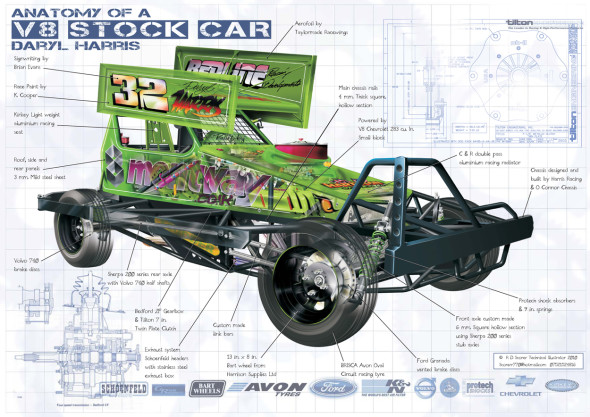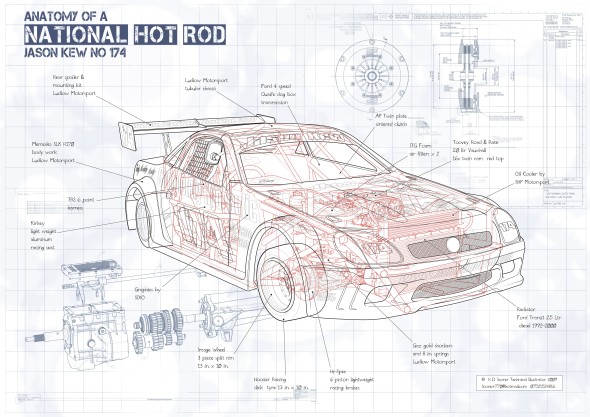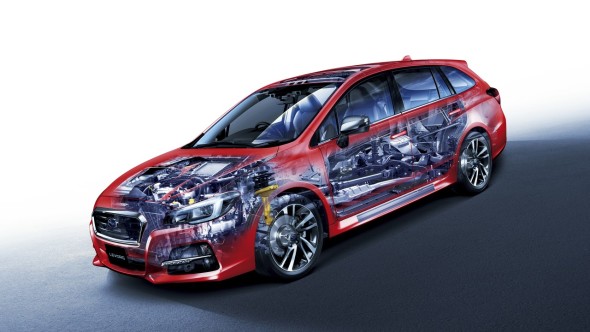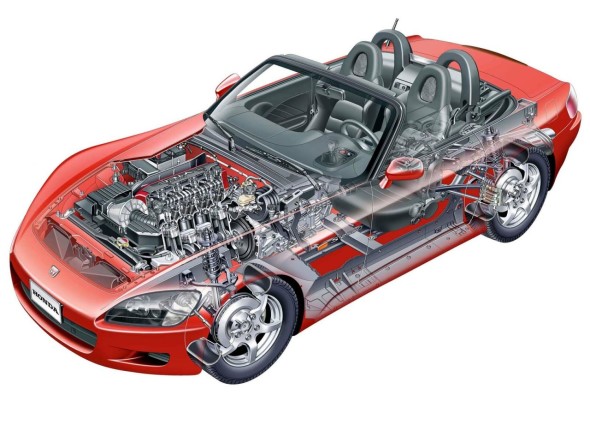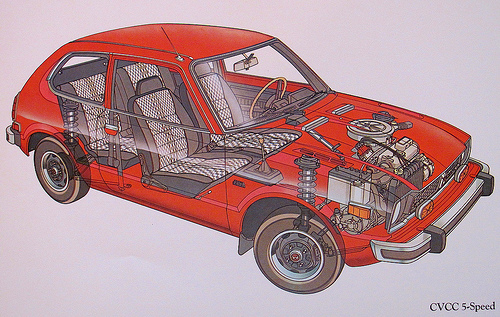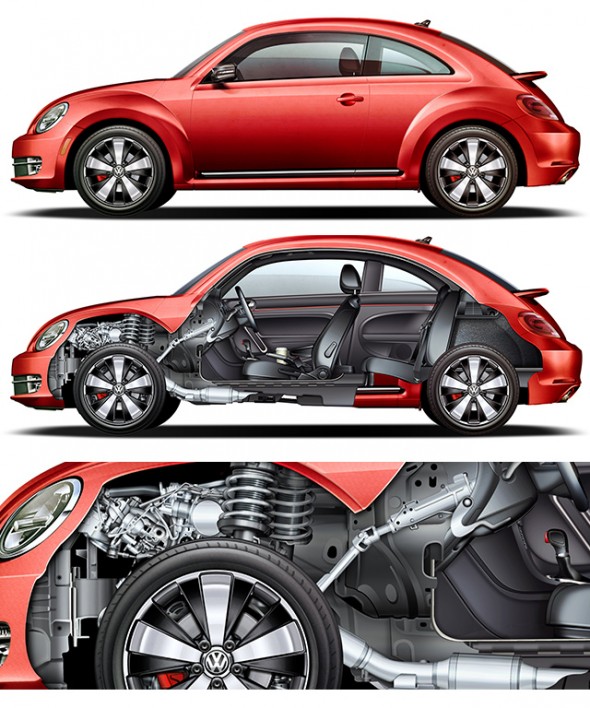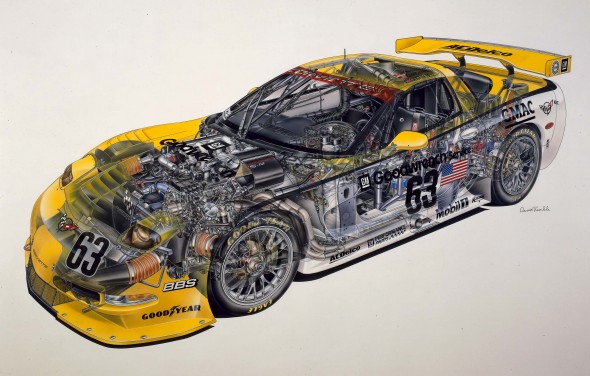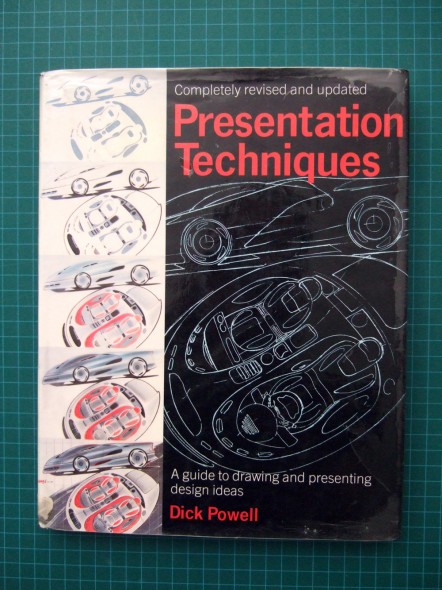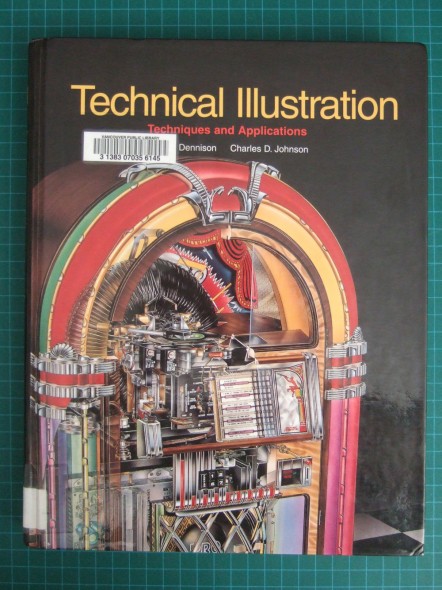Graham Murdoch is the man behind MMDi. Although not strictly a technical illustrator, his 3D renderings of technology and futuristic subjects for clients like Popular Science, Wired UK, Maxim and Bloomberg Markets, should win the admiration of any techie. Graham was kind enough to answer a few questions for us:
How did you get your start in illustration?
My background is graphics and it’s still part of what I do today. Four years of college then ringing bells and following up leads. It feels a LOT busier today, there sure are a lot more cars on the road!
The tools of the day were Rotring pens (there’s still some visible ink in my finger from a 0.2 Rotring that was dropped on it about 30 years ago), CS10 artboard, cow gum, spray mount, 10A scalpel blades, gouache, frisk and a Devilbiss Aerograph (which I could never do anything more than gradients and splatters with). Caught the wave of desktop publishing at just the right time. First 3D package was Alias Sketch! (yep, it came with the exclamation mark), then Bryce, onto Lightwave 3D and now MODO (formely modo) which I’ve been using pretty much from 101.
What’s your favorite subject matter or type of project?
One with time, I’m slow and need lots of it. The more there is the better things get. I’m pretty good at losing it too, though.
What’s your process on a typical project?
Understand what the brief is asking for, reference, more reference, distraction, avoidance, then work, work, work. Sketching, definitely, as a real quick way of laying things out and excersing some different muscles. Hardware has always been Mac-based, from the IIcx through to today’s 27” iMac. In this room there’s also a still operational G3 running OS9, a G4 Quicksilver and a dead G5 (nice job on the motherboard Apple!).
The Formula E Car you did with Popular Science is amazing. What was that project like?
The project was a dream, I have to thank the fine people at Popular Science, particularly Todd Detwiler, for letting me run with that and giving the time it needed. Finding the car’s shell with decals as a purchaseable model was such a big time saver, it meant more attention could be put into the details. As the car was still in development there was next to no reference for the under the hood stuff, so the majority of that is just artistic license. The elements are there; batteries, motor, drive train etc. they just don’t look much like that on the real car.
What advantages does working in 3D have over 2D?
The freedom of options and the ease with which they can be realised. Camera angles, materials, lighting, the whole virtual studio thing. Being able to get a 3D print of something you’ve just made, that’s a bit like the leap TV made from black and white to colour, for me. I really should be exploring that! The disadvantage is that there are so, so many options.
The people that did this stuff with pen, brush and board, o my, un-be-(insert expletive here)-lievable!!
What do you see for the future of the medium?
The expansion of 3D printing and definitely more motion. Total absorption by digital and virtual realities. Of course, we will be assimilated.
You can find Mr. Murdoch’s work on the MMDi website and Behance.





